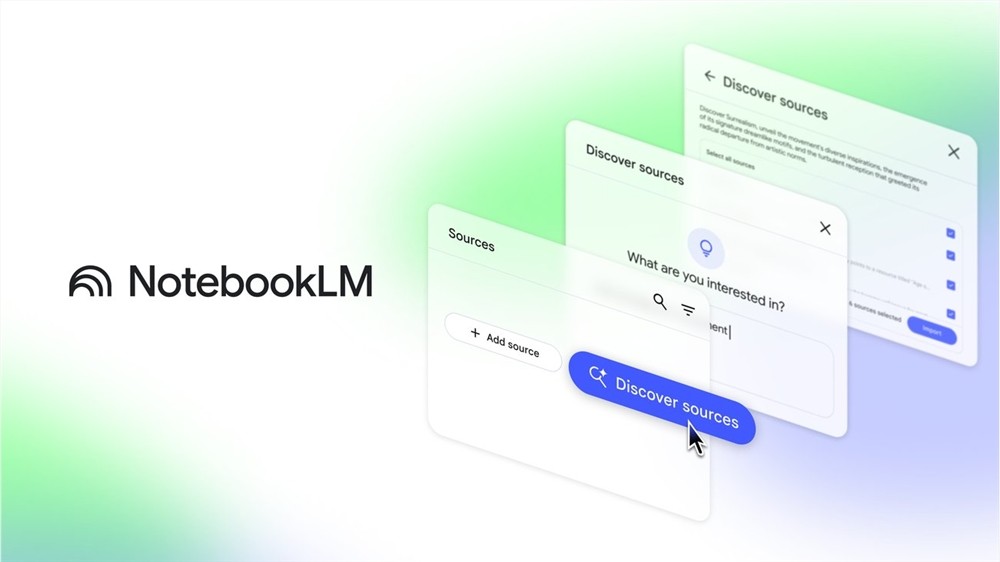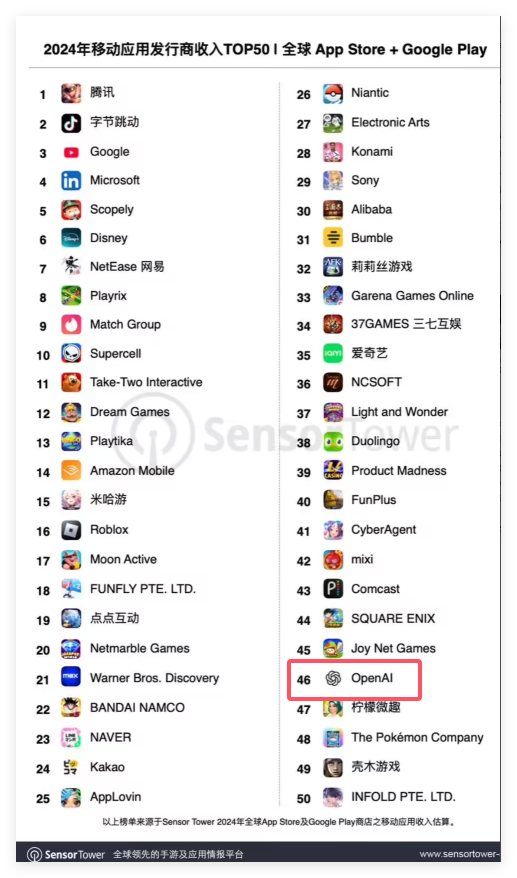Stable Virtual Camera launched by Stability AI can convert ordinary 2D pictures into three-dimensional 3D videos. Users can easily generate smooth 3D effect videos by simply setting the camera movement trajectory (such as spiral, zoom, pan, etc.).
Core functions:
2D to 3D: Convert static images into dynamic 3D videos.
Flexible camera control: Users can customize camera movement to achieve various visual effects.
Multi-format output: Supports multiple video ratios to meet the needs of different platforms.
High-quality generation: The generated 3D video has realistic effects and smooth graphics.
Ultra-long video support: Up to 1000 frames of video can be generated.
Technical Highlights:
Use generative AI and neural rendering technology.
Optimize consistency and smoothness of multi-angle images.
Based on the diffusion model, gradually improve the quality of video.
Project resources:
Official website: https://stable-virtual-camera.github.io/
GitHub code base: https://github.com/Stability-AI/stable-virtual-camera
Hugging Face Model: https://huggingface.co/stabilityai/stable-virtual-camera
arXiv paper: https://arxiv.org/pdf/2503.14489
Applicable scenarios:
Advertising and product display.
Creative content production.
Education and training.
Installation steps
Clone the repository:
git clone --recursive https://github.com/Stability-AI/stable-virtual-camera cd stable-virtual-camera
Installation dependencies:
pip install -e .
Require:
Please note that Windows users need to run via WSL (Windows Subsystem for Linux) because native Windows does not support Flash.
Python version: >=3.10
PyTorch version: >=2.6.0
Additional dependencies:
If you want to use demo or develop, please refer to INSTALL.md for more dependencies.
How to use
Hugging Face Authentication:
You need to log in through Hugging Face to download the model weights.
Run the following command to authenticate:
huggingface-cli login
Demo program:
Gradio Demo: Suitable for ordinary users and operates through a graphical interface.
python demo_gr.py
For detailed guides, see GR_USAGE.md .
CLI Demo: Suitable for advanced users or researchers, allowing for finer granular control.
python demo.py --data_path <data_path> [additional arguments]
For detailed guides, see CLI_USAGE.md .
More information:
If you want to benchmark NVS models, check out the relevant information in the paper for detailed data on scenarios, segmentation, and input/target views.







